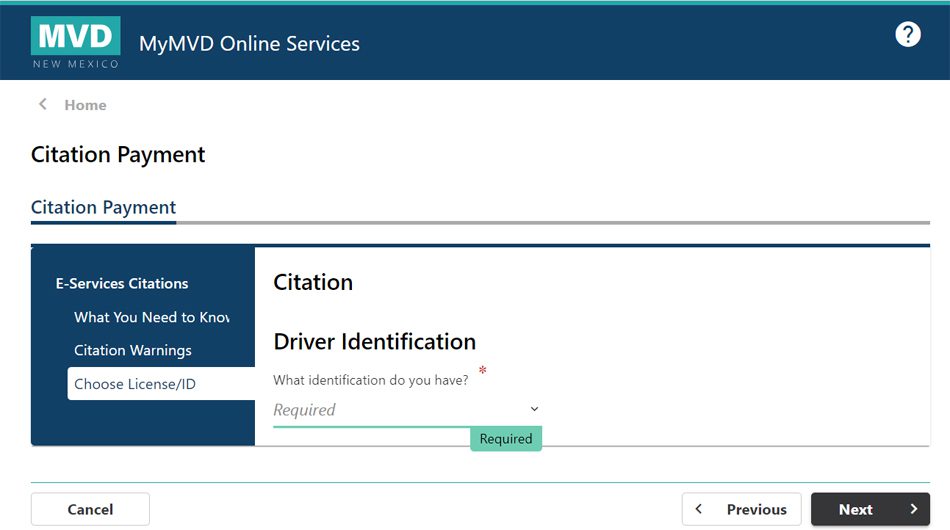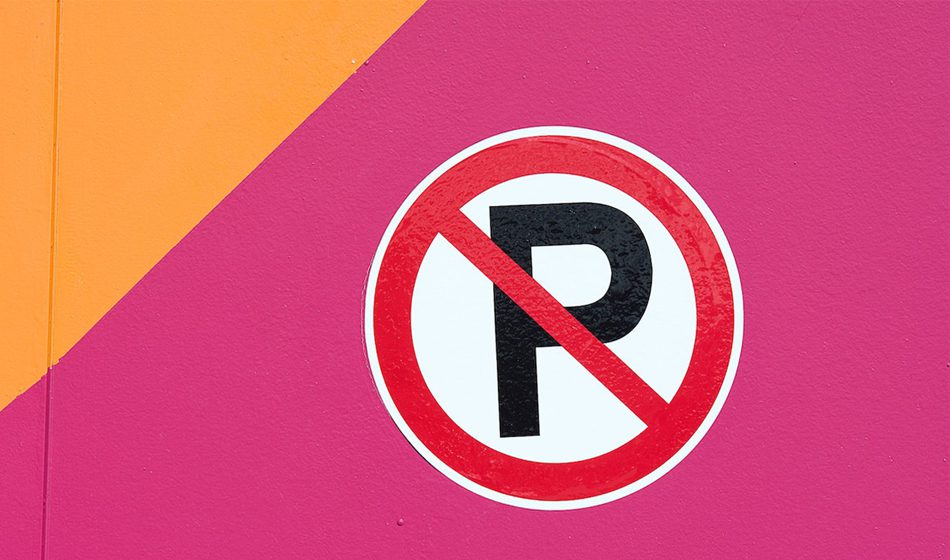Committed to keeping communities safe, the New Mexico State Police (NMSP) acts as the frontline protectors, working tirelessly to uphold law and order in New Mexico, United States. The organization not only acts proactively in enforcing traffic laws and regulations but also helps in investigating crimes, conducting homeland security operations, and offering assistance to other local law enforcement agencies. Whether it is providing support in moments of crisis or responding to emergency calls, NMSP has everyone’s back.
Originally established in 1933, the New Mexico State Police is currently headquartered in Santa Fe and boasts a staff count of more than 1,000 employees, out of which 600 are sworn officers. Thanks to the extensive training and use of cutting-edge technologies, employees working in the agency are constantly adapting to new challenges every day. So, if you have recently been pulled over by an NMSP officer for a traffic rule violation and were eventually handed a citation for the same, then you can proceed to pay the penalty by following our guide.
Know the Steps to Pay Online

According to New Mexico State Police, when an individual receives a ticket for a traffic violation, the concerned police officer will provide two options to settle the issue. The first one involves paying the penalty without contesting the ticket, and the second one involves going to court and then contesting the ticket.
If the ticket states “Penalty Assessment,” then the fine must be paid. Otherwise, if the ticket states “Court Appearance,” then appearance before the court (under whose jurisdiction the ticket was issued) is a must. If the specified individual does not appear before the court, then a bench warrant will be issued in the individual’s name, so when he or she decides to renew his/her driving license, the same will be suspended.
Now that you have a thorough understanding of the rules and regulations laid down by the NMSP, it is time to go through the steps you need to fulfill to be able to pay the fine online.
- First, you have to visit the official website of the Motor Vehicle Division (MVD) of New Mexico here.
- On the landing page, scroll down to “Payments and Refunds” and then click on “Pay a Ticket/Citation”.
- In the next window, you will be given a run-down of the rules and regulations that you need to keep in mind. For starters, remember that only credit card or checking account payments are accepted, and it takes 24-48 hours for the fine payment to be processed. Also, keep in mind that you need to provide the following set of information: email, date of birth, mailing address/driving license number, citation number, and valid credit card number/valid checking account. Once you have read the fine print, click on “Next”.
- After that, you will be asked whether your traffic ticket states “Penalty Assessment” or “Court Appearance”. As mentioned previously, if your traffic ticket says “Court Appearance,” you need not pay the fine, as the same will be handled by the court on your citation. Proceed to click on “Next”.
- In the subsequent step, you need to state your driving license number (New Mexico or non-New Mexico) or citation number. Once done, click on “Next”.
- After that, you need to enter your driving license number and date of birth. Once entered, click on “Next”.
- The online system will then retrieve the pending fine from the database, and you will be asked to pay for it.
- After successfully paying the penalty, do not forget to take a printout of the confirmation page for future reference.
Here are Other Ways to Pay Citation
Besides paying your traffic citation online, you can also decide to pay by personally visiting the court under whose jurisdiction the traffic ticket was issued. You can find the name of the court at the back of your traffic ticket, and then head over to the official website for New Mexico courts so that you can find the court’s address.
For any additional queries, you can get in touch with New Mexico Motor Vehicle Division via phone (toll-free) at 888-683-4636 (888-MVD-INFO). Phone lines are open between Monday and Friday, from 8 AM to 4:30 PM MT.
Different Types of Offenses or Penalties

Before you start driving in New Mexico, it is critical that you be aware of all the possible traffic laws and regulations that are currently in force within the state. Doing so can not only help you save money (by not having to pay traffic penalties) but also save time and prevent stress.
In New Mexico, traffic citations are usually segregated into two types: moving violations and non-moving violations. Moving violations take place when an individual breaches traffic regulations when his/her vehicle is in motion. Examples include making illegal turns, speeding, running a red light, tailgating, etc. On the other hand, non-moving violations take place when an individual’s vehicle is in a non-moving state. Examples include illegal parking, leaving a vehicle unattended, expired license plates, driving without insurance, etc.
Additionally, the New Mexico State Police has also implemented a grading or points system for traffic violations, where a specific number of infraction points will be added to an individual’s account based on the type of violations he/she does. A brief summary of each violation and its related infraction points has been provided below.
Two (2) Points: Operating a vehicle with defective brakes; giving the wrong signal; overloading a vehicle with cargo or passengers; failure to use seatbelts properly; or failing to restrain a child passenger correctly.
Three (3) Points: Careless driving; following too closely to another vehicle; making improper turns; improperly passing or overtaking a vehicle; or speeding 6-15 MPH over the designated limit.
Four (4) Points: Failing to give way to an emergency vehicle, such as an ambulance.
Five (5) Points: Speeding 16-25 MPH over the designated limit.
Six (6) Points: Reckless driving; racing on public trafficways; or passing a school bus that is taking or discharging passengers.
Eight (8) Points: Speeding 26 MPH over the designated limit.

